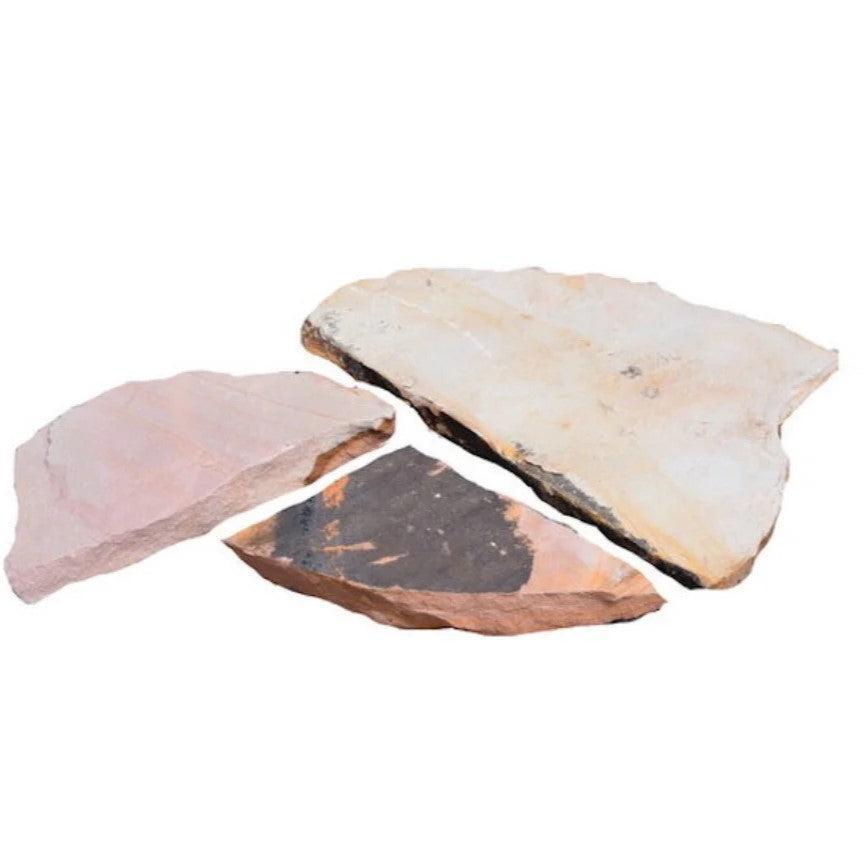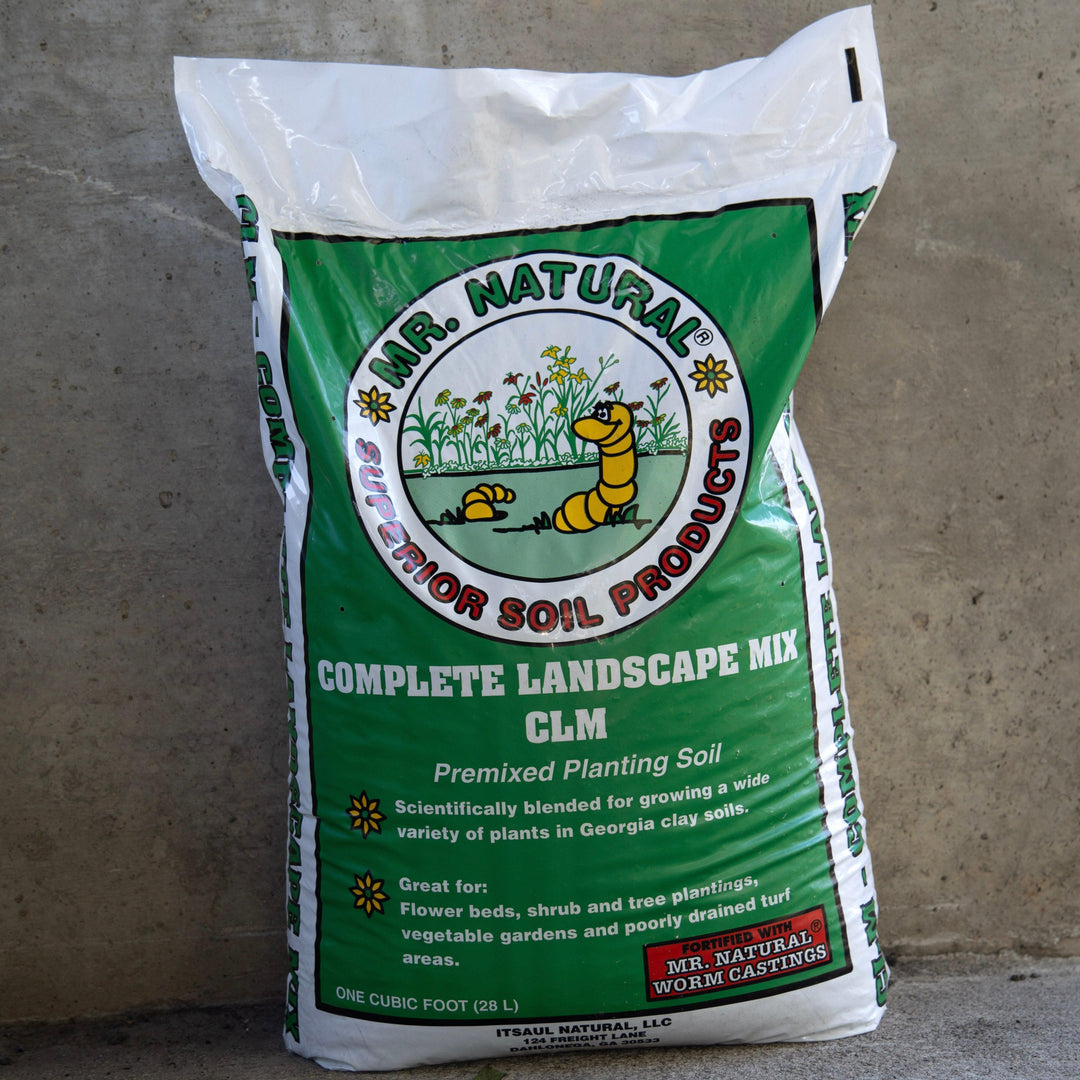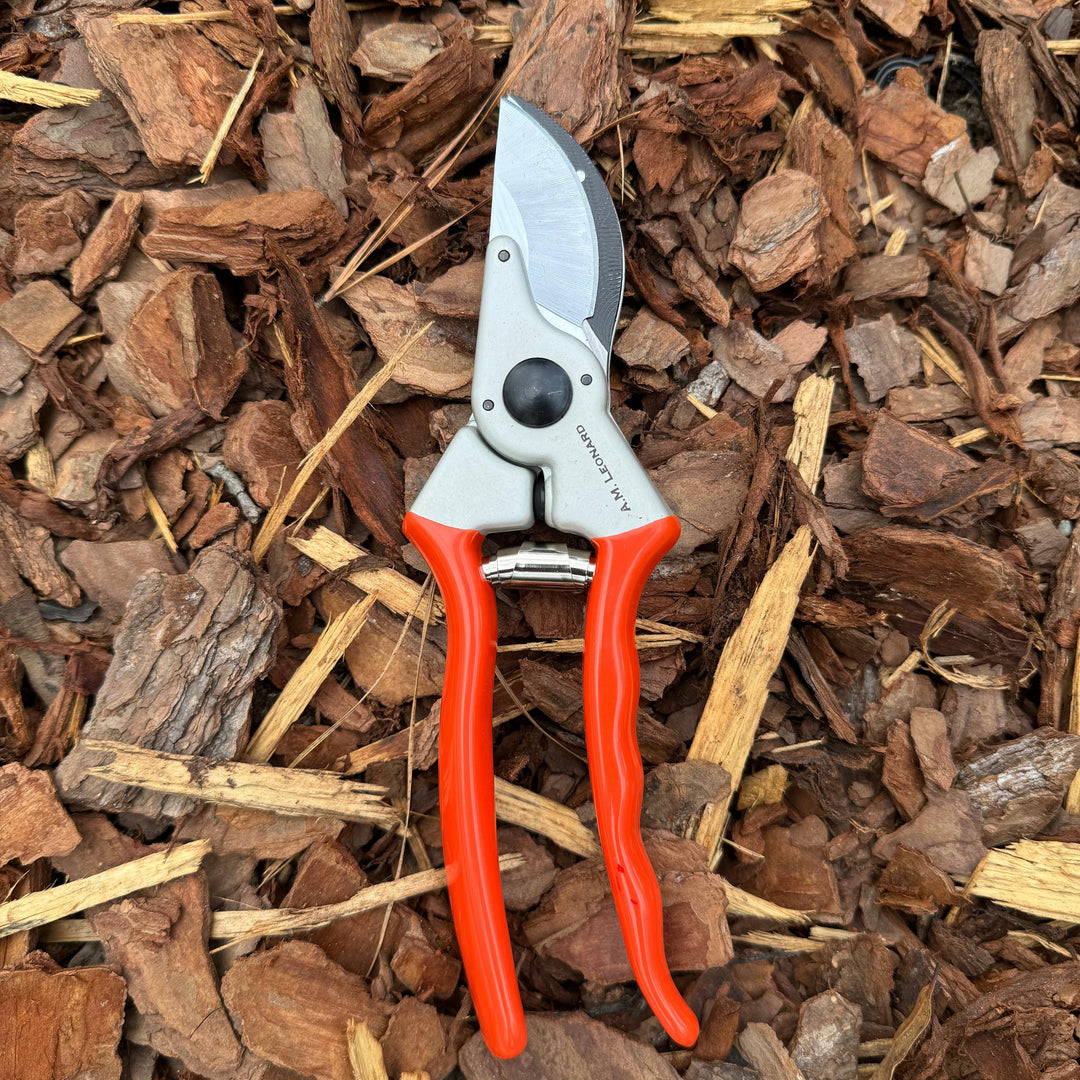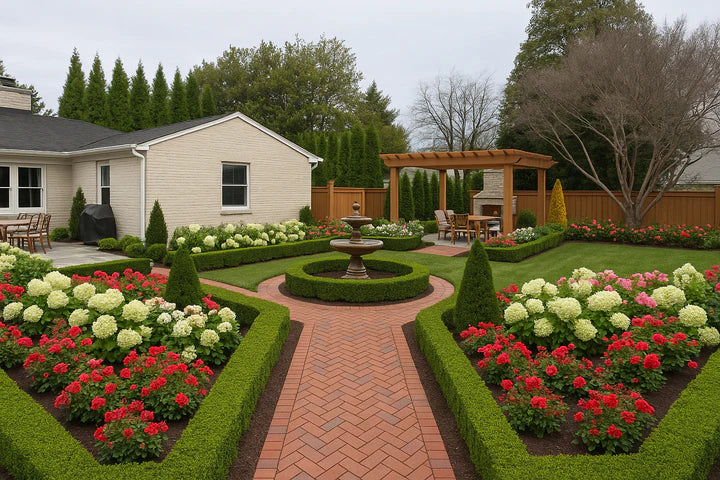Designing for a Boggy Soil Garden: Tips, Plants, and Care
Gardens with boggy soil, often viewed as a landscaping challenge, offer a unique opportunity to create a lush and vibrant environment that thrives in wet conditions. With thoughtful design and plant selection, you can turn these waterlogged areas into a stunning feature that supports a wide variety of plant life and wildlife.
Key Design Elements for a Boggy Soil Garden
-
Define the Space
- Use winding paths, stepping stones, or raised boardwalks to guide visitors through the garden while keeping their feet dry.
- Incorporate natural edges like large rocks or driftwood to blend the space into the surrounding landscape.
-
Add Water Features
- Enhance the wet aesthetic with a small pond, stream, or even a rain garden to manage excess water while adding movement and sound.
-
Layer the Landscape
- Design your garden with layers: groundcovers at the base, mid-height perennials and shrubs for structure, and taller trees for shade and vertical interest.
-
Encourage Wildlife
- Bog gardens are ideal for supporting biodiversity. Include plants that attract pollinators, birds, and amphibians, adding ecological value to your garden.
-
Use Contrasting Textures
- Mix fine-textured grasses with broad-leafed perennials and shrubs to create visual interest and depth.

Plant Choices for a Bog Garden
Selecting plants that naturally thrive in wet conditions ensures a healthy, low-maintenance garden. Here’s a guide to popular bog-friendly plants by category and sunlight conditions:
Grasses
-
Full Sun:
- Muhly Grass (Muhlenbergia capillaris): Airy pink plumes in fall; adds softness and color.
- Blue-Eyed Grass (Sisyrinchium angustifolium): Delicate blue flowers on grass-like foliage; ideal for damp soil.
- Soft Rush (Juncus effusus): Upright green stems provide texture and movement.
-
Part Shade:
- Northern Sea Oats (Chasmanthium latifolium): Elegant seed heads sway gracefully, ideal for damp soil.
- Palm Sedge (Carex muskingumensis): Palm-like foliage; thrives in consistently moist areas.
- Bottlebrush Sedge (Carex comosa): Unique, bristly seed heads; tolerates partial shade.
Groundcovers
-
Full Sun:
- Creeping Jenny (Lysimachia nummularia): Bright green foliage and yellow flowers, perfect for wet areas.
- Creeping Maze (Mazus Reptans: Small purple or white blooms; forms a dense, lush mat in wet soils.
-
Shade:
- Wild Ginger (Asarum canadense): Heart-shaped leaves; thrives in moist, shady areas.
Perennials
-
Full Sun:
- Swamp Milkweed (Asclepias incarnata): Pink blooms attract butterflies and support pollinators.
- Joe-Pye Weed (Eupatoriadelphus fistulosa): Tall, late-blooming flowers attract bees and butterflies.
- Marsh Blazing Star (Liatris spicata): Bright purple flower spikes add vertical interest to wet areas.
-
Part Shade:
- Cardinal Flower (Lobelia cardinalis): Vivid red flowers; great for hummingbirds.
- Blue Flag Iris (Iris virginica): Showy blue-violet blooms thrive in damp soil.
- Foamflower (Tiarella cordifolia): Delicate, frothy white blooms brighten shaded, damp spots.
-
Full Shade:
- Marsh Marigold (Caltha palustris): Cheery yellow blooms brighten shady, wet areas.
- Cinnamon Fern (Osmunda cinnamomea): Adds texture with its feathery fronds; loves moisture.
- Lungwort (Pulmonaria spp.): Spotted leaves with blue or pink flowers; thrives in shaded boggy conditions.

Shrubs
-
Full Sun:
- Buttonbush (Cephalanthus occidentalis): Unique spherical flowers; thrives in standing water.
- Swamp Rosemallow (Hibiscus moscheutos ssp. palustris): fragrant pink or flowers; attract pollinators.
- Winterberry (Ilex verticillata): Vibrant red berries provide winter interest.
-
Part Shade:
- Virginia Sweetspire (Itea virginica): Fragrant white flowers and brilliant fall foliage.
- Summersweet (Clethra alnifolia): Spikes of fragrant blooms in summer; tolerates deep shade.
Trees
-
Full Sun:
- Bald Cypress (Taxodium distichum): A stately tree with feathery foliage that thrives in standing water.
- Sweetbay Magnolia (Magnolia virginiana): Fragrant white flowers in summer; tolerates wet soils.
-
Part Shade:
- Red Maple (Acer rubrum): Brilliant fall color; adaptable to soggy conditions.
- River Birch (Betula nigra): Peeling bark and graceful form add year-round interest.
- Willow Oak (Quercus phellos): Narrow leaves and a stately form; thrives in damp soil.

Tips for Enhancing and Maintaining a Bog Garden
-
Improve Drainage Selectively
- While boggy soil is ideal for wet-tolerant plants, consider creating raised beds or mounds for species needing slightly drier conditions.
-
Amend Soil as Needed
- If soil is excessively heavy, add organic matter like compost to improve texture and nutrient availability.
-
Monitor Water Levels
- Ensure consistent moisture for bog plants, especially during dry spells. Avoid allowing water-loving plants to dry out.
-
Control Weeds
- Mulch with natural materials like wood chips or pine straw to suppress weeds and retain soil moisture.
-
Divide and Prune
- Divide perennials every few years to keep them vigorous. Prune shrubs and trees as needed to maintain shape and prevent overcrowding.
-
Attract Pollinators and Beneficial Wildlife
- Add features like logs or rocks for amphibians and provide flowering plants to support pollinators throughout the growing season.
Transforming Challenges into Beauty
A bog garden can be a stunning, low-maintenance focal point in your landscape. By embracing the natural wetness of the area and selecting plants that thrive in those conditions, you create a lush, dynamic garden teeming with life and color. Thoughtful design, careful plant choices, and ongoing maintenance ensure your bog garden remains a vibrant oasis for years to come.













































